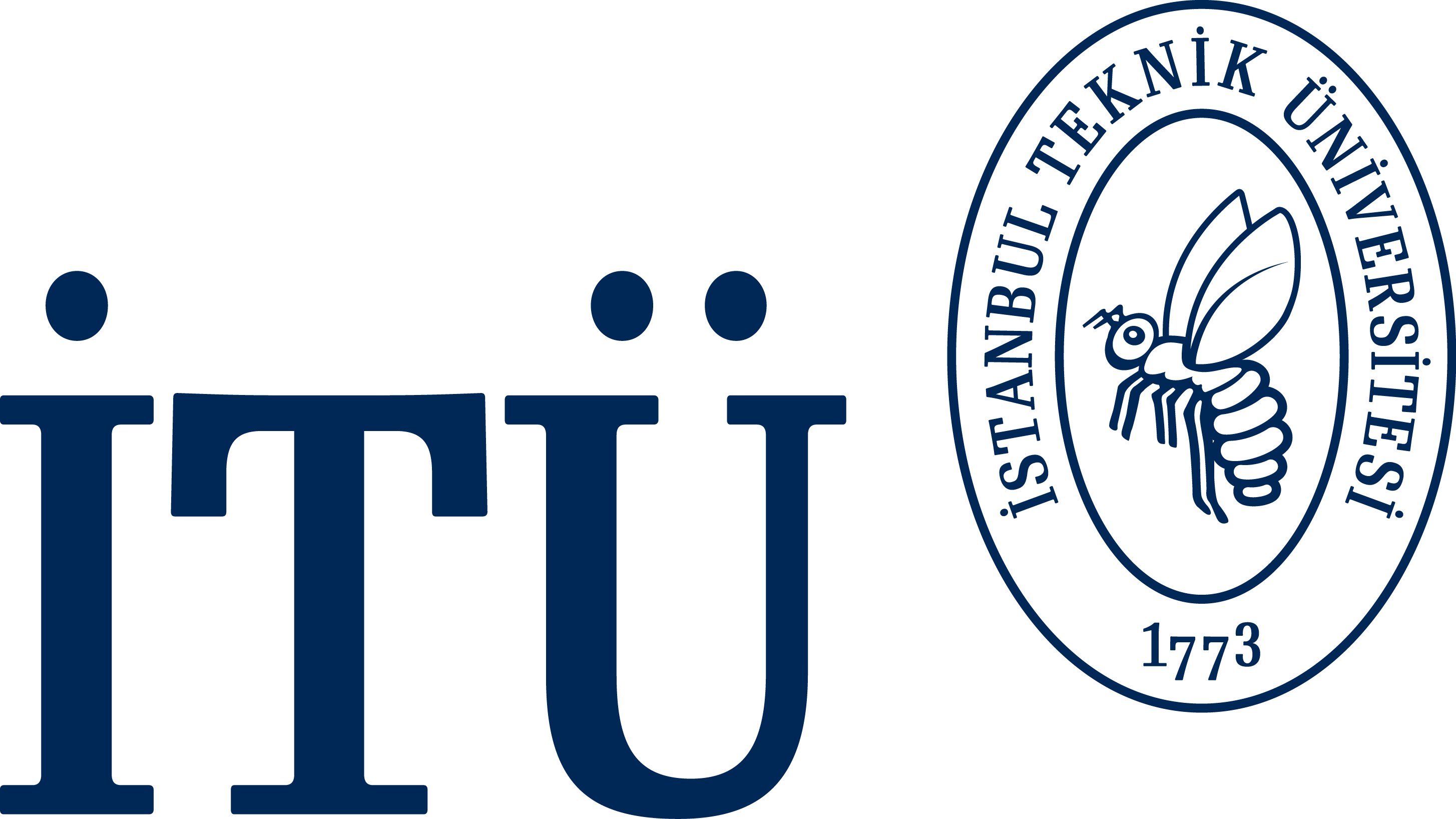
|
DERS PROGRAMI FORMU
|
Son Güncelleme (Last Update)
06.10.2021
|
| Dersin Adı: Lineer Cebir | Course Name: Linear Algebra |
| Kod (Code) |
Yarıyıl (Semester) |
Kredi (Local Credits) |
AKTS Kredi (ECTS Credits) |
Ders Uygulaması, Saat/Hafta (Course Implementation, Hours/Week) |
||
| Ders (Theoretical) |
Uygulama (Tutorial) |
Laboratuvar (Laboratory) |
||||
| MAT 261/E | 1, 2, 3, 4 | 3 | 5 | 3 | 0 | 0 |
| Bölüm / Program (Department / Program) |
Matematik / Tüm Programlar
(Mathematics / All Programs) |
||
| Dersin Türü (Course Type) |
Zorunlu
(Compulsory) |
Dersin Dili (Course Language) |
Türkçe / İngilizce
(Turkish / English) |
| Dersin Ön Koşulları (Course Prerequisites) |
Yok (None) | ||
| Dersin Mesleki Bileşene Katkısı, % (Course Category by Content, %) |
Temel Bilim ve Matematik (Basic Sciences and Math) |
Temel Mühendislik (Engineering Science) |
Mühendislik / Mimarlık Tasarım (Engineering / Architecture Design) |
Genel Eğitim (General Education) |
| 75 | 25 | - | - |
| Dersin Tanımı (Course Description) |
Matrisler ve Denklem Sistemleri, Lineer Denklem Sistemleri, Satır Basamak Formu, Matris Cebri, Elemanter Matrisler, Determinantlar, Bir Matrisin Determinantı, Determinantın Özellikleri, Cramer Kuralı, Vektör Uzayları, Vektör Uzayının Tanımı, Altuzaylar, Lineer Bağımsızlık, Baz ve Boyut, Bazların Değişimi, Satır Uzayı ve Sütun Uzayı, Lineer Dönüşümler, Lineer Dönüşümün Matris Temsili, Ortogonallik, Skaler Çarpım, Ortogonal Altuzaylar, İç Çarpım Uzayları, Ortonormal Kümeler, Gram- Schmidt Yöntemi, Özdeğerler ve Özvektörler, Köşegenleştirme. |
| Matrices and System of Equations, Systems of Linear Equations, Row Echelon Form, Matrix Algebra, Elementary Matrices, Determinants, The Determinant of a Matrix, Properties of Determinants, Cramer’s Rule, Vector Spaces, Definition of Vector Space, Subspaces, Linear Independence, Basis and Dimension, Change of Basis, Row Space and Column Space, Linear transformations, Matrix Representations of Linear Transformations, Orthogonality, The Scalar Product, Orthogonal Subspaces, Inner Product Spaces, Orthonormal Sets, The Gram-Schmidt Orthogonalization Process, Eigenvalues and Eigenvectors, Diagonalization. | |
| Dersin Amacı (Course Objectives) |
|
|
|
| Dersin Öğrenme Çıktıları (Course Learning Outcomes) |
Bu dersi tamamlayan öğrenciler aşağıdaki becerileri elde eder:
|
Students completing this course will be able to:
|